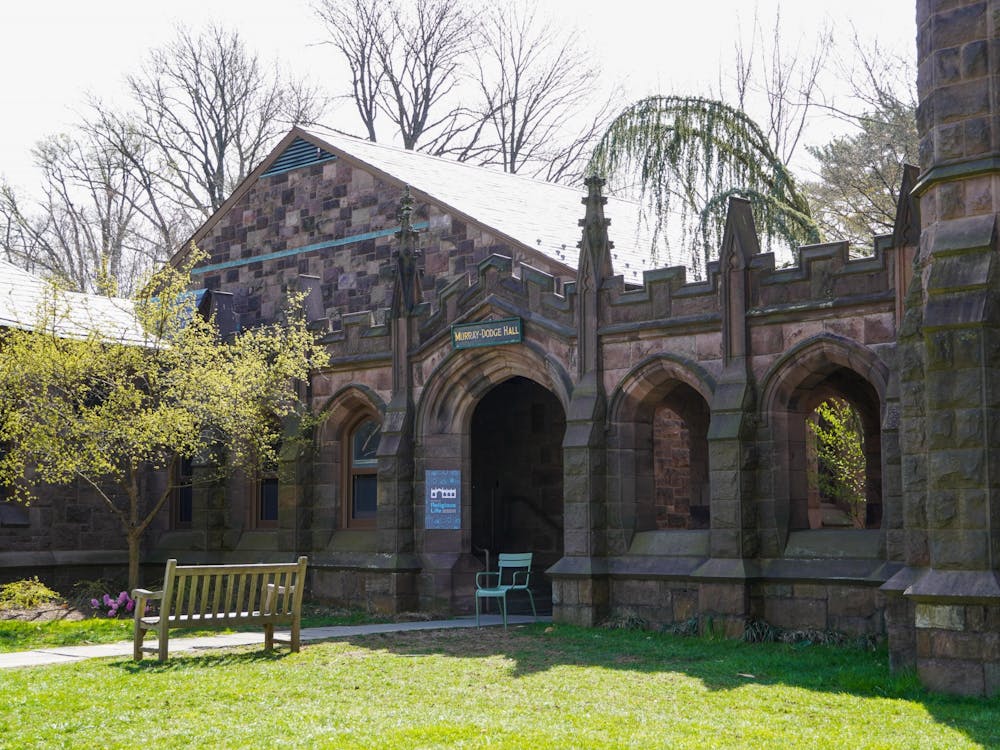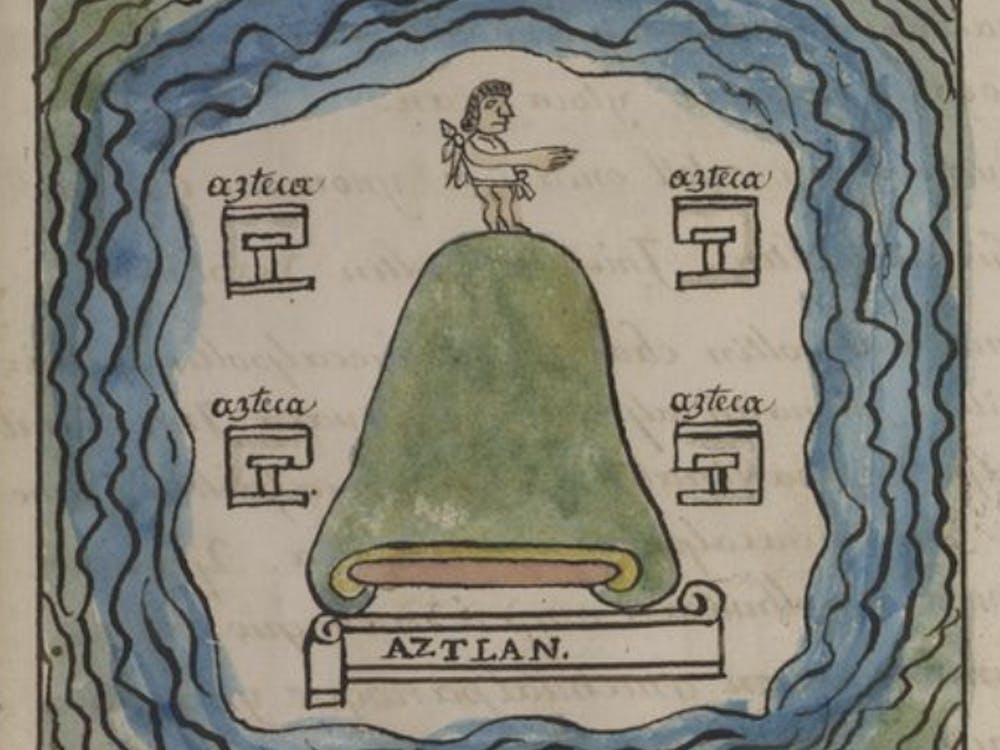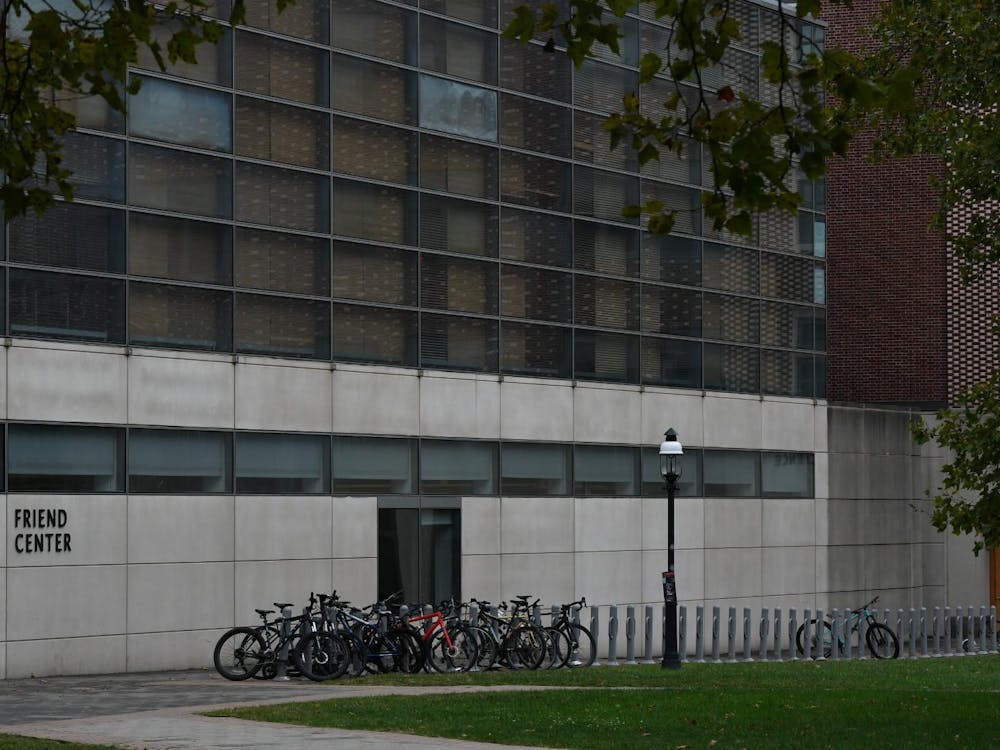While most students may see Latin as a dead language, one course this spring is bringing it back to life by immersing students in Roman terrain. In an email statement, Yelena Baraz, the professor of LAT 333: Vergil’s Aeneid, said that the course studies the epic poem in Latin by focusing on Italy’s landscape and topography to study how Roman identity was formed.
According to Baraz, Vergil’s Aeneid follows the Trojan hero Aeneas and other survivors after the sack of Troy by the Greeks. The Trojans are searching for a new homeland, believing that the gods will reveal the location to them. The perfect site is gradually revealed to them, and although they do not know that Rome will develop into a metropolis with significance that will reverberate across the millennia, they can look to the future with hopes that their new home will come to represent who they are. For the Romans of Virgil’s time, the epic poem conveyed their hopes for defining a cohesive Roman identity revealed through iconic monuments and spaces.
Funded by a grant from the 250th Anniversary Fund for Innovation in Undergraduate Education, the spring course will visit Rome, Roman sites in the Bay of Naples, a Greek site near Salerno, and various sites in Etruria. Admittance is by application only and requires LAT 203 or instructor permission as a prerequisite.
“[These sites] flesh out the different populations that contribute to this composite picture of Italy, both historically and within the poem,” Baraz said. Not only will students study Roman identity and its interaction with its Italian setting, but they will also be able to view objects from varying Italian cultures in their original context to better shape their understanding of the poem.
“Since we will be reading the text in conjunction with studying the sites that are described in them, it will enhance the course to be able to visit the sites and see, for instance, where they are in relation to each other,” Baraz said. Students will each prepare a project that combines analysis of the poem with the physical monuments and locations. While on the trip, they will present these projects at the relevant sites to obtain a deeper understanding of the significance of location to the formation of identities — not only that of the Trojans, but also Virgil’s contemporaries during the time of Augustus.
According to Baraz, one significant moment in the poem occurs when Aeneas is walking around a wild place and readers are asked to map out future buildings and monuments in this site, which will become Rome. While in Princeton, students will study those monuments and their meaning for Romans of Virgil’s time. When students travel to Italy to follow Aeneas’ path, they will be able to experience Rome as Vergil’s contemporaries did and gain more profound understanding of both the epic poem and its terrain.
“Think of studying what it means to be American in terms of landscape and monuments,” Baraz added. When studying the history and significance of monuments, such as Mt. Rushmore and the Statue of Liberty, viewing photographs of them can be informative; however, experiencing the monuments in person can change how we understand their importance. Similarly, studying the Aeneid in a classroom setting can be useful, but the full weight of the significance of the Trojans’ experiences, and the way in which Romans under Augustus related to them, cannot be fully grasped without visiting the fated landscape of Rome in person.








